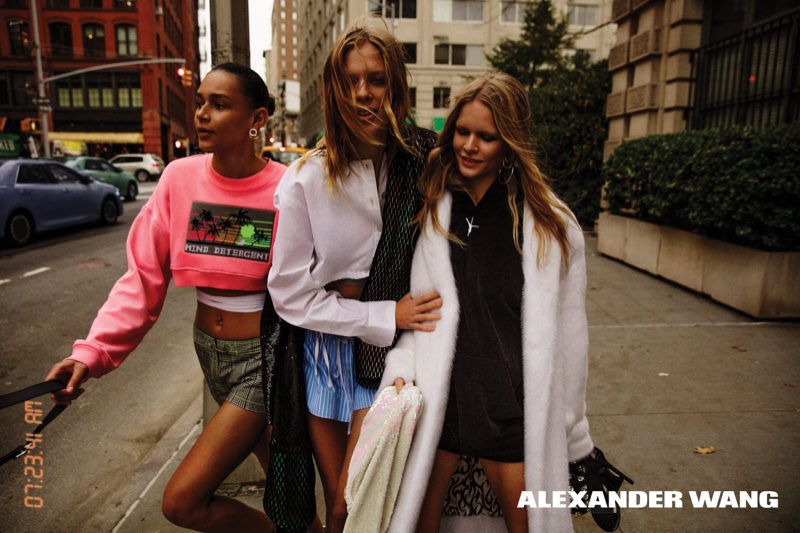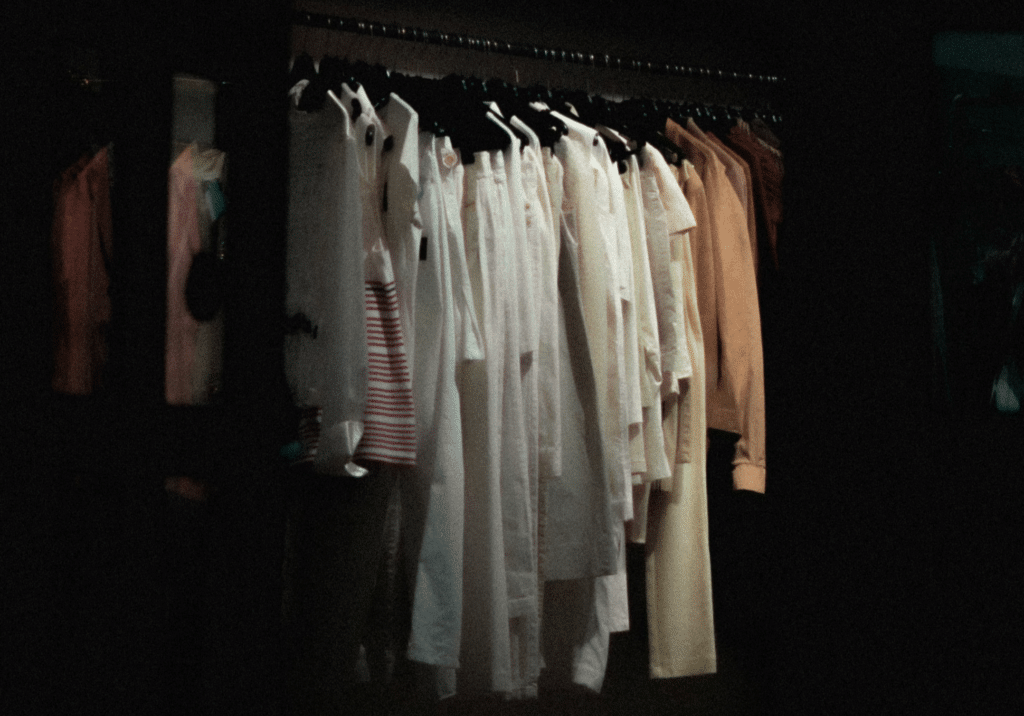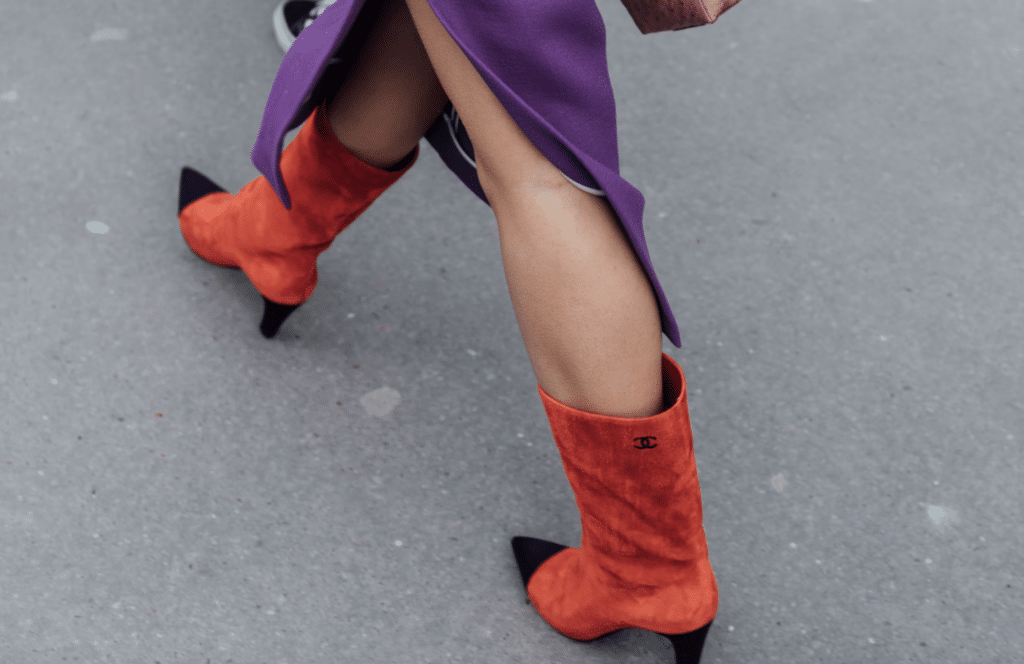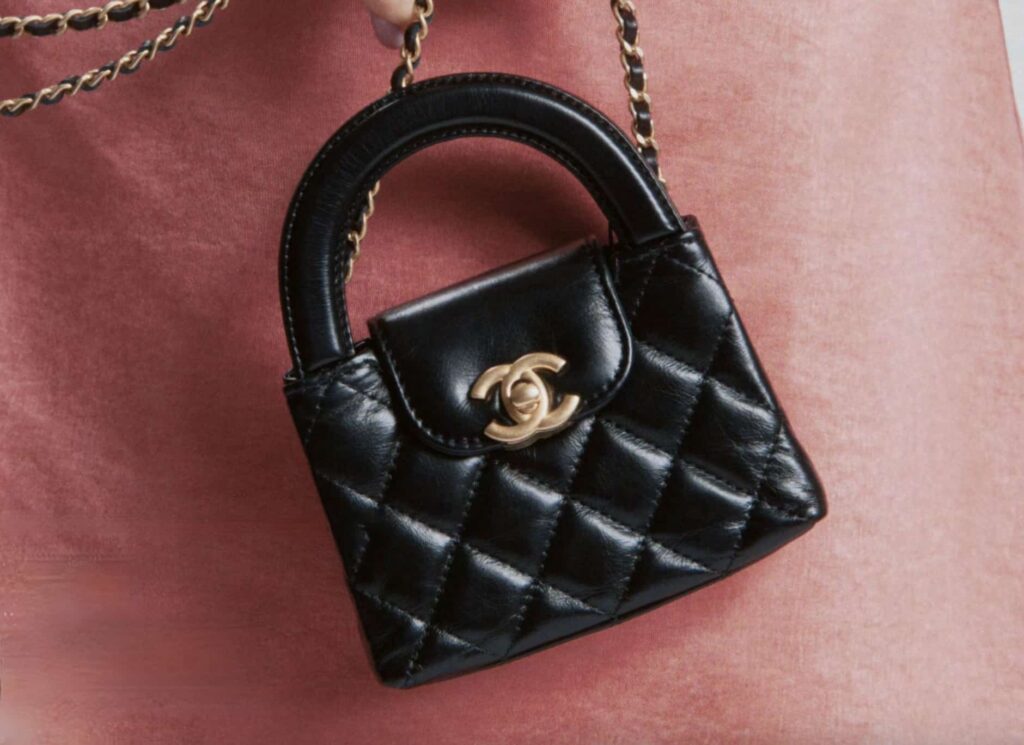“Alexander Wang is the pariah of Fashion Week,” wrote the New York Post this week, after the designer lugged editors and co. to the Bushwick neighborhood of Brooklyn and made them wait an hour for his “show” to commence. Hardly a novel controversy, Mr. Wang is – in reality – just this season’s social outcast, the latest designer to lead fashion industry insiders astray and then be publicly shamed for it. A few seasons ago, it was Kanye West in Mr. Wang’s also-adidas shoes. Before that it was Philipp Plein, who is notoriously tardy (his shows routinely start at least an hour late), and quite a while ago, it was Marc Jacobs, who, in 2007, commenced his runway show a whopping two hours late. Feel free to fill in the blanks here – there are many.
And while we are at it, do not forget, Hedi Slimane, who while showing on-time(ish) each season, was unmannerly in his own way during his Saint Laurent tenure. As the New York Times’ Vanessa Friedman wrote this summer, Slimane “refused to give interviews, but invited journalists backstage after shows to pay their respects … And the worse he treated fashion, the more fashion tried to win his favor. It’s been almost like an extended piece of performance art, conceived to see how far he could push the industry and keep it coming back for more.” Friedman went on, “Clearly, it’s worked in [Slimane’s] favor. But as your mother might say: It’s not healthy.” The “it’s” that she is referring to? Fashion’s “obsession” with Mr. Slimane … and a handful of others.
Slimane’s “teasing,” as Friedman put it at the time – whether it be his refusal to speak to the press or his not infrequent hints, since leaving YSL, that he may return to fashion (thereby, getting the fashion media and fashion fans all up in arms) – seems indicative of a larger trend of abuse in fashion, something that good old Mr. Wang reminded us of on the evening of his Spring/Summer 2018 show.
Sometimes this “designers gone bad” takes the form of them holding show-goers at their mercy. As The Cut’s staff wrote in February, in an article comparing Kanye West to Donald Trump: “Imagine a party that no one is excited to be at, but that everyone has to attend because the popular bully in school invited them.” They could have been referring to the rapper’s Yeezy Season 3 show, with its late start, hour-long duration, absence of a fashion show (models stood on a stage while West played his new album for the crowd of 18,000), and clashing schedule with other shows, as Mr. West opted – instead of coordinating the time/place of his show to avoid conflicts with other designers – to stage “yet another last-minute crash onto the calendar,” per The Cut.
Or maybe it was his Yeezy Season 4 show on Roosevelt Island, which Washington Post fashion critic Robin Givhan described as a “pastiche of convoluted logistics, discombobulating secretiveness and repetition.” She further characterized that show – in which West had both “his audience and his models leaping through hoops” – as “organized to cater, as one may expect, to his famous friends, who were hustled into the venue lickety-split while the people sweated behind metal barricades.”
If this designer looking out for his famous friends scenario sounds familiar then you may recall Marc Jacobs’ Spring/Summer 2008 show, which, as the Post’s Samantha Critchell noted at the time, was presented to “a packed crowd that had been waiting in the Lexington Avenue Armory for two hours. (Celebrities such as Victoria Beckham and Sheryl Crow didn’t wait quite as long. They seemed to know to show up ‘fashionably late’).”
Suzy Menkes, writing for the New York Times, described Jacobs’ S/S 2008 outing: “The entire event was a parody of fashion now: the inexcusably late start as the 9 p.m. show began at 11 p.m.; the mobs of paparazzi snapping anyone half-known on the big or small screen; invitees treating the show like the ultimate party, although the whistles and roars turned to a whimper by the end.” You get the point.
Back to this NYFW and Alexander Wang’s Spring/Summer 2018 show. WWD’s Jessica Iredale wrote of the occasion: “As a professionally obligated attendee, being penned in by security on a sidewalk all night to see a five-minute fashion show, and then being commanded to party, felt like a big middle finger up.”
She went on to state: “Somewhere along the way, Wang’s obsession with cultivating a brand image of partying has trumped his interest in design. The collection shown Saturday night was such a side note to the unwieldy, confusing event, it’s barely worth discussing.”
Ms. Iredale is not once to mince words. It was she, who, after all, called Yeezy Season 4 an “audacious disrespect for people’s time.” She is also the one that rather poignantly turned the pattern of misbehavior on its head in that same review, calling into question fashion’s role in this seemingly recurring situation.
“This has become an abusive relationship. To a great extent, fashion and the press have only ourselves to blame. We’ve been world-class enablers of Kanye West, allowing him to put us at his mercy. Given him permission to stage stunts like the one he pulled for Yeezy Season 4.”
So, is it fashion’s fault? Should the blame fall squarely on the bosses of those forced to attend, who require editors’ and journalists’ attendance in order to avoid stepping on any toes and/or gasp! – alienating any advertisers or potential advertisers or potential future magazine cover stars, or maybe still, to make sure they get that extra-clickable content to fuel the never-ending race for the most traffic. Fashion publishing is not in its heyday, you know, and so, neither proposition is not completely outlandish.
Or maybe this just another example of designers in the ego-driven fashion industry exercising their relatively new found visibility and power as celebrities, “running high on hype and low on delivery, [and] symbolizing everything that is wrong with current fashion,” the words Menkes used to describe Jacobs’ 2007 show stunt.











